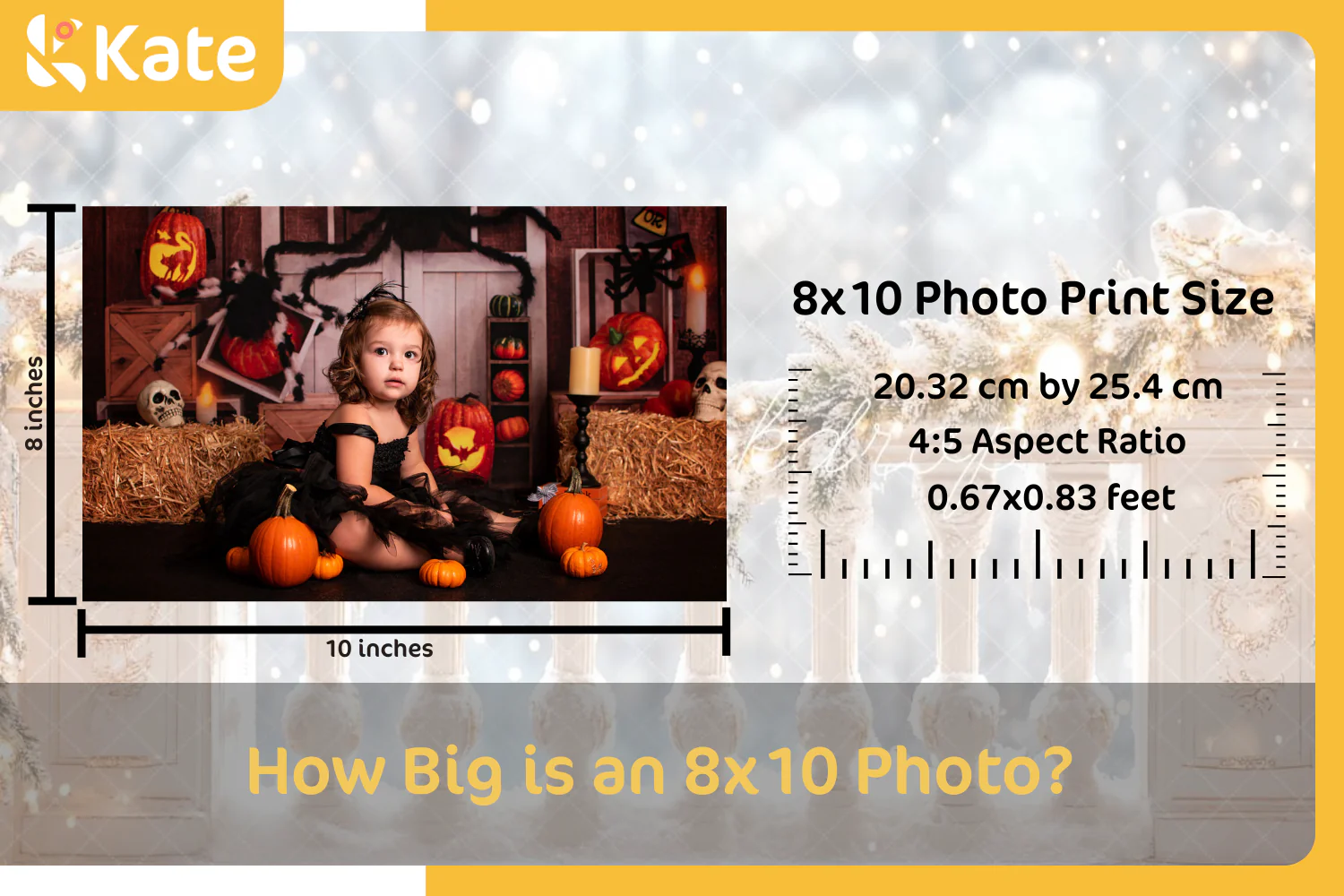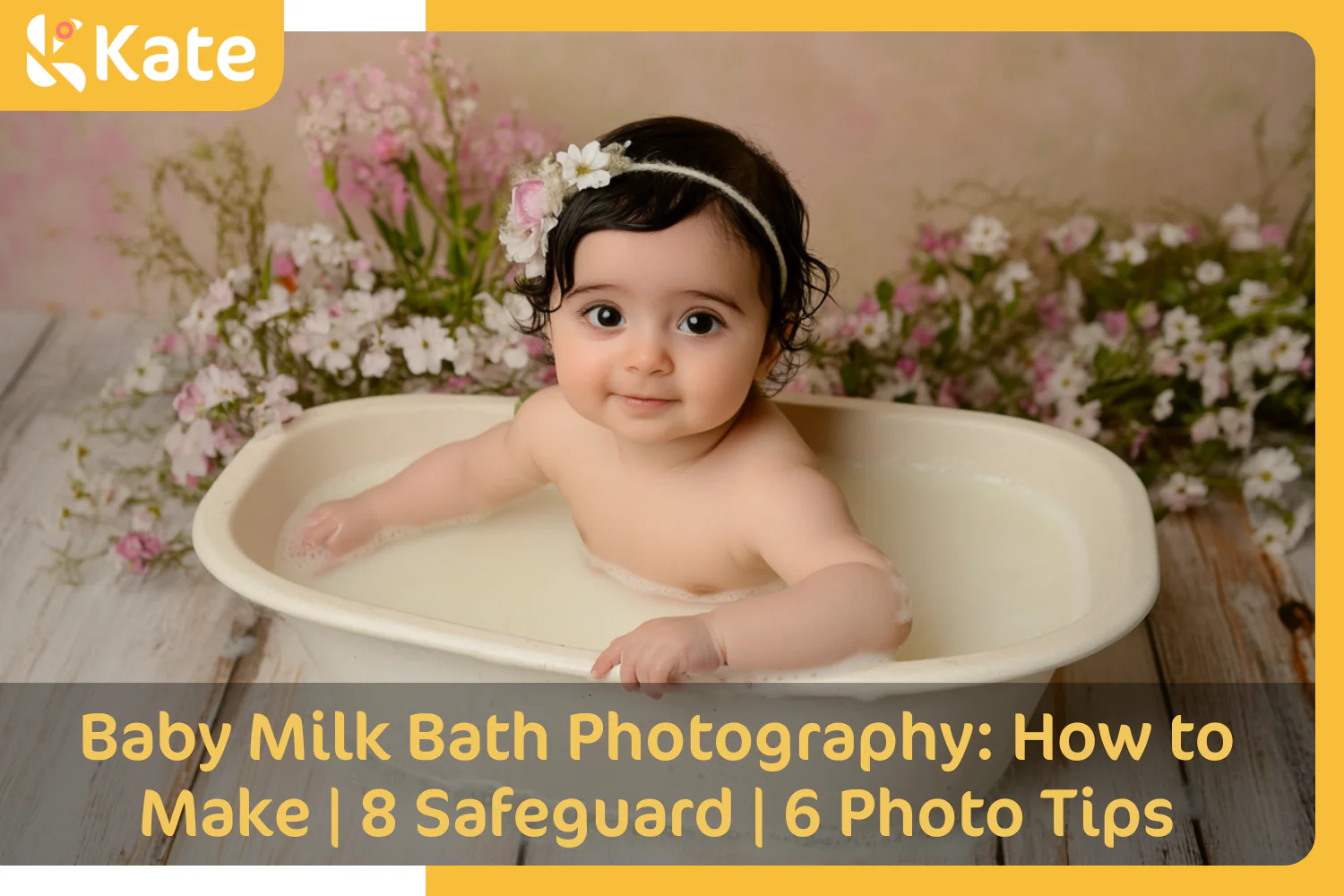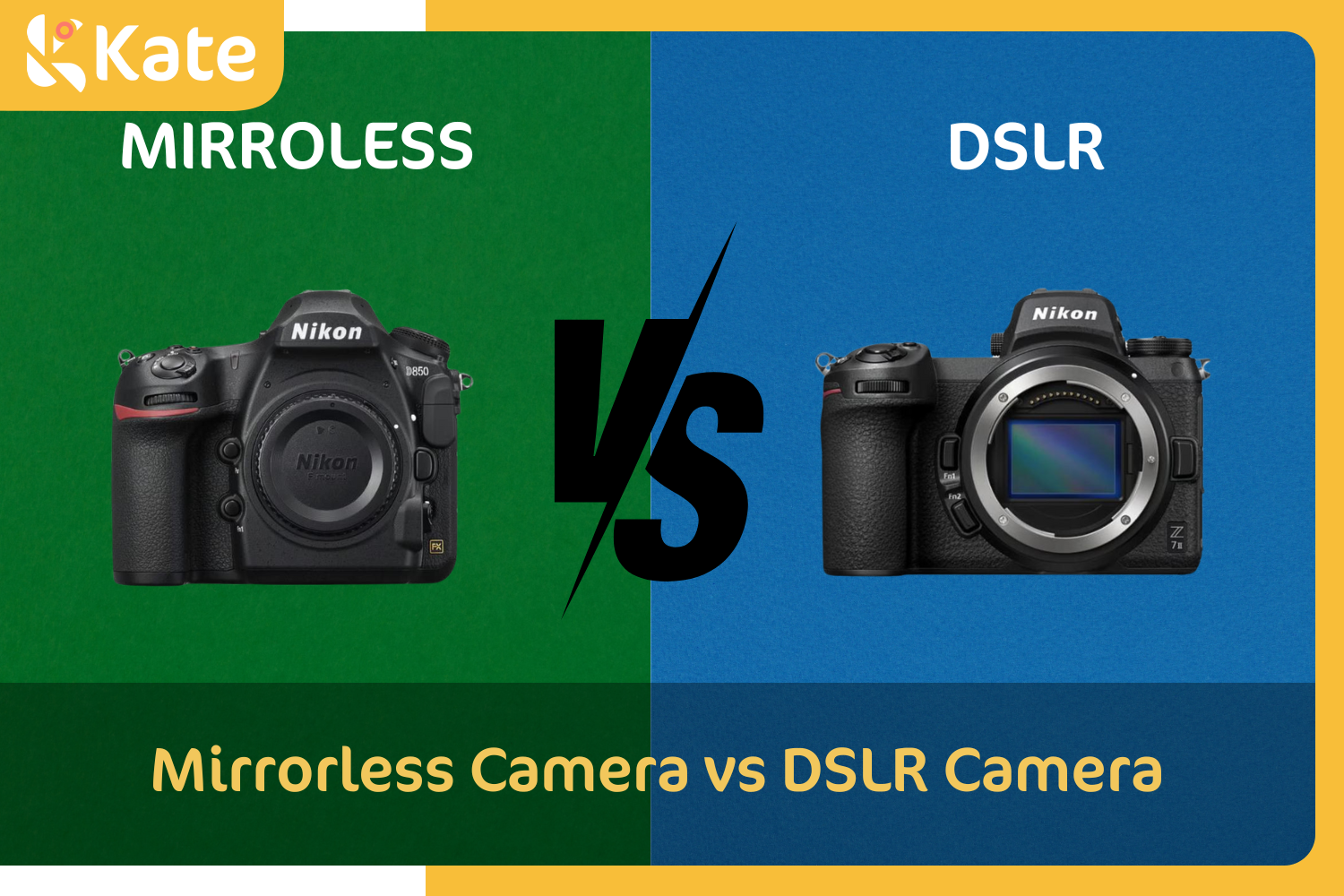How Big is an 8x10 Photo?

An 8x10 photo is 8 inches across the short edge and 10 inches across the long edge. An 8x10 (or 10x8) photo can be oriented and displayed vertically or horizontally. Converted to metric, an 8x10 photo measures 20.32 cm by 25.4 cm.
This guide to 8x10 photo size will help you choose whether 8x10 is the right dimension for your project. We’ll discuss how to mount, frame, print, and design layouts with 8x10 photos, and compare it to other sizes.
- What Are the Dimensions of an 8x10 Photo?
- Popular Uses of 8x10 Photos
- Pros and Cons of an 8x10 Photo Compared to Other Common Picture Sizes
- An 8x10 Photo in Digital Format
What Are the Dimensions of an 8x10 Photo?
An 8x10 picture measures 8 inches by 10 inches.
An 8x10 photo can either be 8 inches high by 10 inches wide (if the shot is taken horizontally), or 10 inches high by 8 inches wide (if the photo is taken vertically). In feet, a 8x10 photo is 0.67x0.83 feet.
When measured in centimeters, an 8x10 photo is approximately 20 cm x 25 cm or 25 x 20 centimeters, depending on the orientation of the image.
What is the Aspect Ratio of an 8x10 Photo?
An 8x10 photo has an aspect ratio of 4:5 when in vertical (portrait) orientation. This means the width is 4 units for every 5 units of height. If an 8x10 photo has a horizontal (landscape) orientation, you would describe the aspect ratio as 5:4, with the width being 5 units for every 4 units of height. The term “aspect ratio” refers to the proportional relationship between the width and the height of the image.
Cameras commonly have sensors with an aspect ratio of 3:2 – although 4:3, 1:1, and 16:9 are also available. The aspect ratio of your camera's sensor determines how much of the original image will fit within an 8x10 print. When the aspect ratio of the photo and print size doesn't match, you will need to crop part of the image to fit the print size. Alternatively, you can reduce the image size and add borders.
When planning to print a photo as an 8x10, choosing the right aspect ratio when taking the photo minimizes the amount of the picture you lose to cropping. When taking your photo, frame your subject with aspect ratio in mind, including enough space to allow for cropping the image while keeping as much of your subject in view as possible. You can accomplish this by increasing your distance from your subject or using a shorter focal length.
Why are 8x10 Photos So Popular?
The 8x10 print size is popular because it works for both individual or group photos, providing enough space to show off details like facial expressions or background environments. And this size photo is easy to handle and small enough to fit in a variety of spaces. This size is ideal for framing and displaying on walls, desks, or shelves without taking up too much room.
Common in both professional and personal photography, the 8x10 format is versatile for portraits, family photos, or artistic prints. Since it’s a standard print size, mattes and frames for 8x10 photos are readily available.
Popular Uses of 8x10 Photos
Here are some great ways to use 8x10 photos:
- Gifts: 8x10 is one of the more popular frame sizes, so you can find a wide variety of 8”x10” photo frames available – from ornately styled to ones that provide a simple black outline. The right frame will enhance the photo's emotion, making it a perfectly customized gift.
- Wall Displays and Collages: If the subject in an 8x10 photo fills most of the frame, it can be seen and enjoyed from more than a few inches away - up to about 5 feet away. These photos are perfect for desktops, counters, shelves, hanging in the living room or creating wall collages. They are also popular for art gallery displays.
- Professional Headshots: The 8x10 photo size is the industry standard for headshots of actors and models. It’s also the standard ratio for corporate headshots.
- Event Programs or Posters: 8x10 prints are commonly used in event programs, promotional materials, or posters for small-scale advertising.

Pros and Cons of an 8x10 Photo Compared to Other Common Picture Sizes
8x10 is a great choice for many kinds of photos – but before you place the print order, there are some pros and cons to consider. Let’s compare 8x10 to other popular photo sizes, like 4x6 photos.
On the positive side, because 8x10 is a popular size, it is easy to find frames suitable to this photo size! Whether you put a frame matte around it or the picture is framed full bleed (without having a border), you can find a frame that matches your taste.
When framed, an 8x10 photo can look great in a variety of places, whether hanging on the wall or sitting on a shelf. This option is great for many subjects, from a family vacation photo to a dramatic landscape to make a statement hanging in the home.
An 8x10 or larger photo offers better visibility from greater viewing distances than smaller photo sizes, like 4x6 or 3.5x5.5.
However, if you plan to create an album with your photos, the 8x10 size may not be the best choice. You can find some large albums for 8x10 photos, or that take a mix of 8x10 and other sizes, but typically photo albums are designed for 4x6 or other small print sizes.
An 8x10 picture also costs more to print than a smaller photo like a 5x7 photo or a 4x6, but the additional cost is fairly small.
Lastly, the aspect ratios of most cameras will require your image to be cropped before it can be printed and framed as an 8x10.
Common Subjects for 8x10 Photos
Common 8x10 subjects are single and group portraits, families, wedding parties, nature, landscapes and architecture. An 8x10 does an excellent all-around job for nearly any subject matter. It provides higher detail than smaller sizes at a more affordable print price than larger print sizes such as 12x16, 16x20 and 20x30.
An 8x10 Photo in Digital Format
To determine the digital dimensions of an 8x10 photo, you need to consider the resolution, measured in pixels per inch (ppi). While digital cameras capture images in terms of overall pixel count (width x height), ppi becomes relevant when preparing a photo for printing. To find the required pixel dimensions for an 8x10 print, multiply the width and height by the desired ppi. Here are common resolutions for an 8x10 photo:
- 180 ppi: 1440 x 1800 pixels (minimum for basic print quality)
- 240 ppi: 1920 x 2400 pixels (recommended quality)
- 300 ppi: 2400 x 3000 pixels (preferred for professional print quality)
For printing an 8x10 photo, 240 ppi is typically sufficient, but 300 ppi is ideal for sharper detail and higher quality.
What are the Best Camera Sensors for Taking 8x10 Photos?
An 8x10 print has an aspect ratio of 4:5, which doesn’t match the aspect ratio of most camera sensors. Typically DSLR and mirrorless cameras have a 3:2 sensor. This means the image must be cropped to fit an 8x10 print. Despite this, a 3:2 sensor is ideal for producing quality prints. These sensors capture more detail and light, which offers better performance in low-light conditions and delivers sharper, more vibrant images.
Higher megapixel counts on full-frame sensors are especially beneficial for 8x10 prints because they allow cropping without losing significant detail or clarity.
Other sensor sizes, such as smartphone sensors, can produce 8x10 prints. Unfortunately, the smaller sensor size can lead to a decrease in image quality, especially when it comes to color accuracy and fine details.
How to Resize 8x10 Pictures
Resizing can be done in Adobe Photoshop and Lightroom, GIMP, Affinity Photo, Capture One and most other post-processing software. If you don’t have photo editing software, you can use online tools such as Canva, Fotor, or Pixlr.
Resizing prompts for post-processing software are all similar to Photoshop. You upload the image, select it, and choose Image Size. Adjust the file using the Width Bar and Height Bar. Your options are to adjust it in inches or in pixels, based on the ppi density you prefer. An 8x10 photo at 300 ppi is 2400x3000 pixels.
Follow additional prompts for saving your settings and choosing print size.
How to Print 8x10 Photos
You can print 8” by 10” photos at home or at a local print service. You may get the best quality and value, however, if you order online through a professional print service that mails the photos to you.
When printing at home, use an inkjet printer and photo paper for best results. You may need to crop or resize the photo, but make sure to save it at a high resolution – either 240 ppi or 300 ppi. Make other adjustments for paper size and correct color, and print the image.
It’s getting harder to find local labs that will print photos, but the service is still available at some Walmart, CVS or Walgreens locations. You can upload your photos online and pick up prints in-store or have them shipped to you. Some online-only print services like Shutterfly are affordably priced – but the quality is not much better than local drug stores.
You will get the best quality if you order from a professional quality photo printing service, such as MPix. These services are a bit more expensive, but worth it if you plan to frame and display your 8x10 photos or are printing artwork,
When you upload your photos to an online print service, the software may automatically crop the image to 8x10 size, if necessary. The software may automatically save it as a print-ready JPG if you upload it as another file format, and may offer filters or other photo enhancements. However, you can best control the print quality if you crop, edit, save, and prepare the image for print before uploading it to the online lab.









 Boho
Boho










